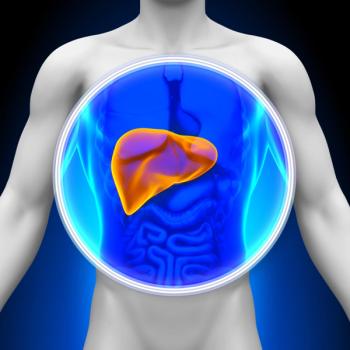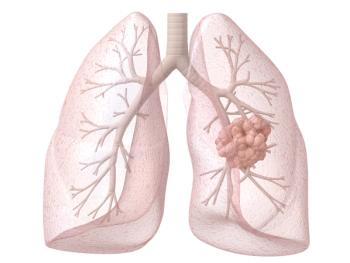
FDA Grants Orphan Drug Designation to Azeliragon for Glioblastoma
Azeliragon was first evaluated in a group of patients with Alzheimer’s disease prior to being assessed in patients with glioblastoma, a fast-growing and aggressive brain tumor.
The FDA granted oral azeliragon orphan drug designation to treat patients with glioblastoma, according to a press release from Cantex Pharmaceuticals.1
“Receiving FDA orphan drug status for azeliragon highlights the significant unmet need for novel treatment options for patients with glioblastoma, the most common and lethal primary brain cancer,” Stephen G. Marcus, MD, CEO of Cantex, said in a press release.
The oral small molecule was administered once daily. Azeliragon is an inhibitor of advanced glycation end products—also known as RAGE—and interacts with specific ligands such as HMGB1 and S100 proteins within the tumor microenvironment.
Preventing the RAGE interaction using the ligands allows azeliragon to inhibit glioblastoma and potentially overcome resistance mechanisms.
The agent was originally evaluated in over 2000 patients with Alzheimer's disease who were treated for up to 18 months at a time. This highlighted azeliragon’s tolerability.
One such phase 2 trial indicated that patients with mild to moderate Alzheimer's disease who were treated with azeliragon for 18 months experienced a change in baseline to end point for ADAS-cog, a test assessing whether dementia is present and how it has progressed, equaling 3.1 points; the investigators reported that this demonstrated favorability of azeliragon.2 In particular, patients with mild disease experienced a change in ADAS-cog of 4 points.
When administered at a dose of 5 mg per day, azeliragon yielded a delay in cognitive deterioration of 7 points from baseline (P = .0149).
Azeliragon is also being evaluated in other major types of cancer wherein RAGE has been implicated in progression and complications of treatment. Additionally, the agent is being evaluated in combination with chemoradiotherapy as a treatment for newly diagnosed glioblastoma in a phase 1/2 study (NCT05635734).
Azeliragon will be evaluated at several dose levels—5 mg, 10 mg, and 20 mg. Involved field radiation therapy and chemotherapy agent temozolomide including fractionated focal irradiation in 2 Gy daily fractions for 5 days, lasting 6 weeks will also be administered. Concomitant temozolomide will also be administered daily at 75 mg/m2 7 days per week from the first to the last day of radiotherapy and 6 cycles at 150 mg/m2 to 200 mg/m2 per day for 5 days during every 28-day cycle.
The trial has an estimated enrollment of 18 patients. The primary outcome of the trial is to determine a recommended phase 2/3 dose, as well as observe safety, disease control rate, progression-free survival, and overall survival.
References
- Cantex Pharmaceuticals receives FDA orphan drug designation for azeliragon for the treatment of glioblastoma. News release. Cantex Pharmaceuticals. January 9, 2023. Accessed January 12, 2023. https://bit.ly/3irQIPP
- Burnstein AH, Sabbagh M, Andrews, et al. Development of azeliragon, an oral small molecule antagonist of the receptor for advanced glycation endproducts, for the potential slowing of loss of cognition in mild Alzheimer's disease. J Prev Alzheimers Dis. 2018;5(2):149-154. doi:10.14283/jpad.2018.18.
Newsletter
Stay up to date on recent advances in the multidisciplinary approach to cancer.
































































































